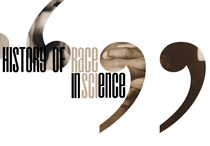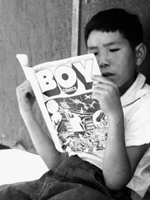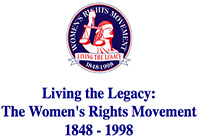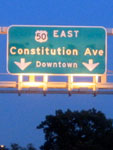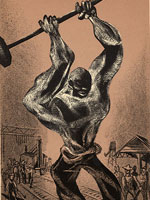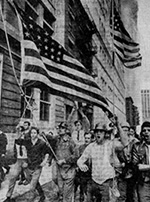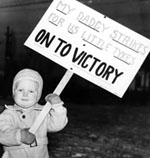No one would argue that the U.S. Constitution isn't a founding document. But what is a founding document? The Constitution outlined the shape of the U.S. government, and put in writing the basic rights of U.S. citizens. But what else has it done?
The U.S. Constitution has served as the foundation for many discussions about the U.S. and its principles. Whether people speak out for change or to maintain the status quo, they refer to the Constitution. Throughout U.S. history, writers, artists, and orators have used the text and ideas of the Constitution as the backbone of arguments.
Have your students review the U.S. Constitution and its context. What ideas inspired the Constitution? Explore the Library of Congress's exhibit Creating the United States to find primary sources related to the Constitution, many written by the Founding Fathers.
The exhibit also includes documents that followed the Constitution, from 1788 through the 1980s. From cartoons questioning the constitutionality of the New Deal to translated versions of the Constitution published in other countries, students can see many ways in which national (and international) conversations have used the Constitution as a starting point.
Discover more documents that preceded and descended from the Constitution with resources from the National Archives and Records Administration (NARA). Our Documents presents a timeline of 100 milestone documents in U.S. history. Where is the Constitution in this lineup? How does the Constitution show the influence of earlier documents? How do later documents show the influence of the Constitution? What documents on this website do your students think most influenced U.S. history? (Here's what the U.S. public thought in 2004.)

Deepen your class's exploration further with primary sources, lesson plans, quizzes, and more from our Constitution Day spotlight page. Drawing on these materials, your students can uncover connections between the Constitution and the Civil Rights Movement, U.S. Supreme Court decisions, the Watergate scandal, and much more. The Constitution didn't just help found the U.S. government—it founded debates that shape the country.
